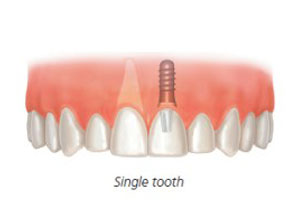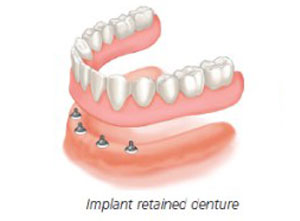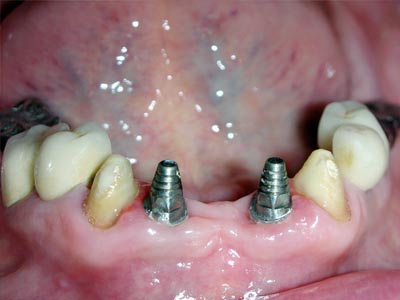Brushing Technique
Using a SOFT* bristle brush, remember to brush after every meal and right before you go to sleep.
- Hold your brush at a 45-degree angle to the gums, as seen in the picture above.
- Brush in a back and forth motion, remembering to clean the teeth near the gums.
- You may need to angle the brush vertically to clean the inside of your front teeth.
- Don't forget to BRUSH YOUR TONGUE! Thousand of small grooves in your tongue collect bacteria and plaque.
* Soft bristle brushes are recommended to prevent damage to the gums and teeth. Aggressive brushing with harder bristles as a Very Common problem which leads to gum recession and erosion of the teeth!
Often, it is difficult to adequately brush the upper back molars due to impingement from the cheek. To adequately clean this area, you may need to use a smaller size brush. Also, shift your lower jaw to the side you are brushing, thereby loosening the cheek to allow the brush to reach further back.
As a dentist, I have seen remarkable improvement in oral hygiene with many of our patients who have switched to ultrasonic toothbrushes. If you are at all curious about such toothbrushes, ask your dentist if one is right for you Remember to change to a new brush every 3 months or when the bristles appear frayed.
Flossing Technique
Did you know that without flossing, 40% of the surfaces of your teeth are NEVER clean? Why Floss? Without flossing, plaque and calculus build up on teeth and underneath the gums, creating inflammation of the gums which leads to gingivitis and more serious forms of gum disease. Perhaps you notice that when you floss and/or brush that your gums tend to bleed. If so, this is generally a sign that your teeth are not clean. A visit to your dentist and a proper home oral hygiene regimen can get you back on the right track!If the risk of gingivitis and periodontal disease is not enough, flossing will also help reduce bad breath! If you do not floss regularly, you might notice that when you do floss, a faint (or strong) odor is apparent. These odors are caused by the buildup of bacterial debris (sulfur compounds) between the teeth and underneath your gums. These compounds can contribute to bad breath, whether or not you recognize it.
Flossing Technique
- First, take a piece of floss about 20-24+ inches in length
- Wind the floss around your 2 middle fingers and grasp 1/2 inch of floss tightly between your thumbs and forefingers.
- Insert the floss between your teeth carefully
- Hold the floss taught and curve it around one of the teeth.
- Scrape the floss up and down against one tooth and then the other (not in a sawing motion)
- The main purpose is to remove the film of plaque on your teeth, not just food particles!
- Using a new part of the floss, continue flossing, even tooth surfaces which have no tooth next to them.
- Rinse thoroughly to remove any loosened particles.
What if I can't seem to floss?
There are several flossing devices available today which, when used properly, can help. If you are interested in these products, please ask our office during your appointment so that we can show you how to use them without damaging your gums. Difficulties in flossing also arise from problems such as rough or worn fillings or heavy calculus buildup. We can also show you special techniques for flossing underneath bridges.






